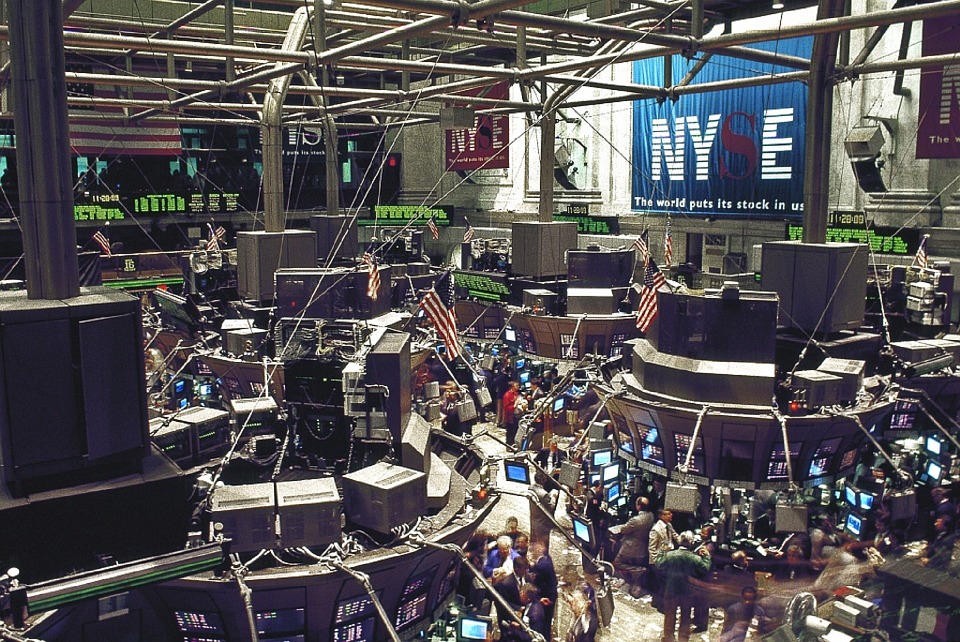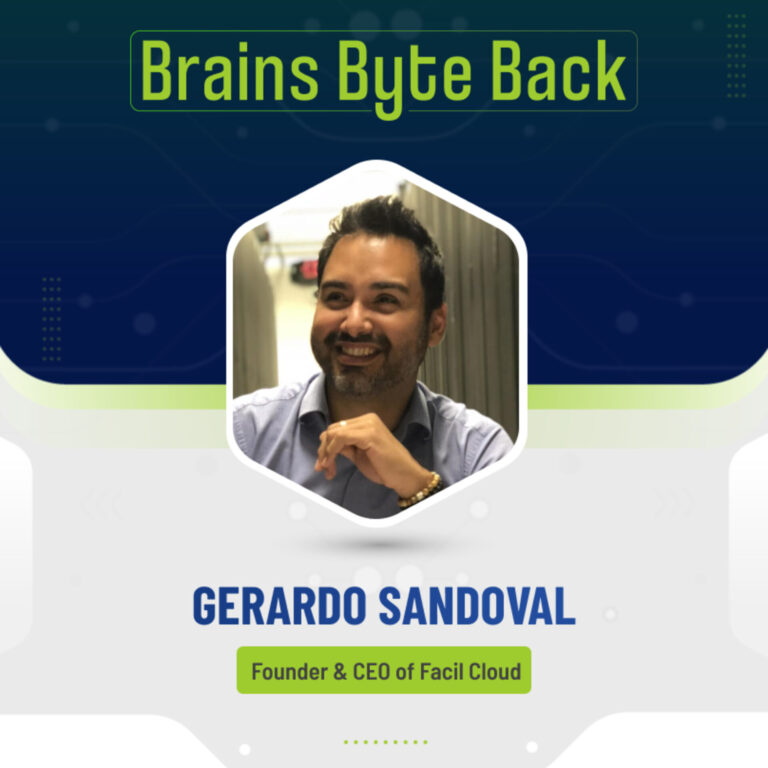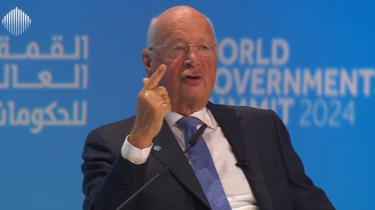With its recent IPO filing with the Securities and Exchanges Commission (SEC), ride-hailing company Lyft ensures that its co-founders, Logan Green and John Zimmer, retain their control of the company, even though they only own a meagre 7% of the stock.
To retain their powers, the two co-founders have chosen a dual-class stock structure, which grants them 20 votes for each vote held by other investors.
Many startups today are opting for this kind of stock structure, including Dropbox and Snapchat. Moreover, existing giants, such as Alphabet, Under Armour, and Blue Apron, prefer this structure.
When investors start taking interest in a startup, founders loathe to give away their powers, which they earned with a lot of sweat and tears. While some frown upon this practice, Silicon Valley companies often opt for it.
Let’s find out what this tongue-twisting financial term means and why more and more startups are opting for it.
What is a dual-class stock structure?
A dual-class stock structure means that a company has more than one class of stocks, and every class has different voting rights, dividend payments, or other features.
Such a company issues one class of shares to the company founders and top executives and another class to the public in IPO. If the founder’s shares count for 10 votes each, but the public shares count only one, then the founders automatically become 10 times more powerful than the public shareholders (with the assumption that the same number of shares are owned). T
The company’s founders clearly intend to retain primary control of the company, while also leveraging the capital provided by an IPO.
Read More: Shareholders tell Amazon to stop selling Rekognition facial recognition tech to govt
Renown companies, such as Ford, Tyson, Cablevision, Hewlett Packard, Berkshire Hathaway, Viacom, and Hollinger International, have had dual-class stock, and with good reason. This is their way of not getting caught up in short-term financial focus that investors are accused of often having. A founder often has a long-term vision for the company, which may not make sense to an investor who looks at the upcoming quarterly results.
At the same time, shareholders often see the dual-class stock system as an unfair one, where in, a group of special shareholders have the right to overwrite the majority, even though they are the ones who make up the major part of the capital.
Last year, the Investor Stewardship Group (ISG), a powerful 50-member group that looks over almost US$ 22 trillion, and Council of Institutional Investors (CII), another group that manages around US$25 trillion assets, demanded the limiting of this practice with vehemence. However, the Harvard Business Review spoke up on the dual-class system, arguing that it would do “more harm than good, given the challenges from the digital revolution and the growing imperative for established firms to transform their business models.”
How did this practice even come into being?
It started in the 1950s
The practice of owning special class stocks started in the 1950s US Stock Exchange, according to Directors & Boards. Prior to that, the 1920s saw the practice of one share, one vote. However, during the 50s, the Stock Exchange allowed the Ford Motor Company to have a structure, where the Ford family could retain control in spite of limited economic interest. Other family businesses, like Estee Lauder, adopted this structure too.
Soon, the practice permeated media companies, such as the Washington Post and the New York Times, because it could be used to protect the editorial page of a newspaper, keeping the editorial direction in check.
After tech companies started going public some 10 years ago, several of them favored this structure, a few famous examples being Google, Facebook, and Snapchat. In fact, Snapchat adopted a structure that deemed public common shareholders’ vote less.
Popularity of dual class shares
The use of dual-shares has been growing recently. One-fifth of companies listed on the US stock exchanges last year consisted dual-class shares. Last year, out of 195 companies that went public on US exchanges, 101, or 81%, were one share one vote, while 23, or 19%, had dual-class structures with unequal voting rights.
Also, last year, Hong Kong and Singapore stock exchanges, which were opposed to the listing of dual-class shares, have begun allowing their listing, albeit with safeguards against risks such as expropriation and entrenchment.
HKEX made the change after losing the likes of Alibaba and other top companies to New York, where dual-class shares have been present for a long time.
Why investors might resist it
Experts who criticize this system complain that a dual-class system allows leaders to get away with bad decisions and they can remain less motivated to raise funds, since that can weaken their hold over things.
Also, once set, it does not seem easy to change from a dual-class system to a single-class system, because the special class can always vote such a suggestion out. In fact, any changes in significant matters, such as executive compensation, mergers, or board structure, become harder to bring about in a dual-class system.
According to Directors & Boards, Charles Elson, the Edgar S. Woolard, Jr., Chair in Corporate Governance and the director of the John L. Weinberg Center for Corporate Governance at the University of Delaware, and a consultant to the law firm of Holland & Knight, argues that when decisions go wrong in a dual-class system, the cost has to be borne by society.
The pros of using it
In countries like India, where unicorn startups are on the rise, the need for a system, which can protect founders’ voices, is being touted. Many founders have only single-digit representation in their companies, while most of the stock ends up being owned by heavily backed strategic global financial entities. Dual-class stocks can help keep startups within the founders’ home country.
According to Directors & Boards, David J. Berger, a litigation partner with Wilson Sonsini Goodrich & Rosati and a leader in the firm’s corporate governance and shareholder activism practices, argues that a dual-class system owes its existence to market dysfunction emanating from “short-termism in the market”.
To specify how dangerous this short-termism can be, he cites the case of a report by Goldman Sachs.
According to the report, Gilead, an American biotech company, had a drug that was a cure for Hepatitis C, for which, the company was getting $12 billion annually. However, the drug’s efficiency decreased Hepatitis C patients, cutting Gilead’s revenue to $4 billion annually.
This led Goldman Sachs to question curing patients as a sustainable business model. If shareholder practices can affect such decisions, which can be a turning point in an industry like pharmaceuticals, it’s a problem.
Single-class stocks also encourage the practice of outsourcing employees in order to keep compensation benefits low. In 2017, the New York Times compared the salaries of a janitor at Apple vs. at Eastman Kodak. Since the janitor at Apple is outsourced from a sub-contractor, he/she doesn’t enjoy any benefits that a full-time Apple employee does.
On the other hand, the janitor at Eastman Kodak is a full time employee of the company and thus is compensated accordingly. Such outsourcing has become the practice in many modern organizations, steadily creating an economical divide in society.
Strike a balance
When a company goes public, the founders are asking shareholders to trust them. It is understandable if shareholders feel antsy about keeping control solely with the founders. However, if companies practice dual-class stocks, which are peppered with clauses that keep the company from becoming a dictatorship, they can strike a balance.
For example, a company listing in SGX needs an enhanced voting process, where all shares with a vote each, no matter the class, can root for important decisions such as the appointment and removal of independent directors and/or auditors. Also, multiple vote (MV) shares will not hold more than 10 votes and will be limited to named pre-specified individuals. Sunset clauses are also in place according to which, MV shares will auto-convert to ordinary voting (OV) shares under pre-specified circumstances.
This is a good example of flexibility, while giving founders a good chance of keeping vision over short-term gain. By striking a balance, both shareholders and founders can protect their interests and eventually the interests of the society.












